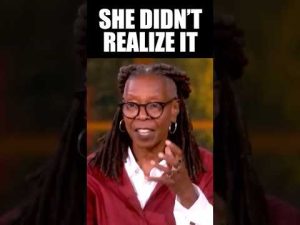In the heated political landscape of Minneapolis, a new mayoral candidate has emerged, stirring controversy and debate. Omar Fateh, running against current Mayor Jacob Frey, has sparked discussion with his public display of the Somali flag, prompting questions about his vision for the city and what it means for its future identity. Critics have not hesitated to express their concerns over what they perceive as a dilution of American values and culture in favor of an embrace of foreign influences.
A significant point of contention lies in the broader conversation on immigration policy. The notion of allowing waves of immigrants from regions like Somalia has been met with skepticism from those advocating for more stringent control and prioritization of American interests. Some have proposed a “10-10 rule,” suggesting that if more than 10% of immigrants from a certain country rely on public assistance, immigration from that country should be suspended for 10 years. This proposal stems from a belief that immigration should primarily be beneficial to the host nation, rather than being a one-sided advantage to those seeking new opportunities.
Critics argue that an unchecked influx of individuals from troubled regions can import the very dysfunctions that prompted people to leave their home countries in the first place. This perspective is grounded in the belief that America should prioritize its own stability and security, ensuring that newcomers contribute positively to society. With many immigrants expressing more pride in their homeland than in their new country, questions abound regarding loyalty and integration.
The debate extends beyond mere statistics to the deeper cultural implications of immigration. The fear of cities being “overrun by Islamists,” as expressed by some, underscores the tension between preserving American traditions and embracing multiculturalism. The conversation often points to European countries like the UK and Germany, where immigration has led to significant demographic shifts and cultural clashes, as cautionary tales.
As Minneapolis faces these complex issues, it becomes clear that the city stands at a crossroads. The election of a mayor will not merely be a vote on municipal governance but a decision on the cultural and political direction of the city. This pivotal moment calls for a thoughtful examination of immigration policies and their long-term impacts on American society. The question remains: how can cities like Minneapolis retain their unique identities while navigating the challenges and opportunities of a globalized world?







